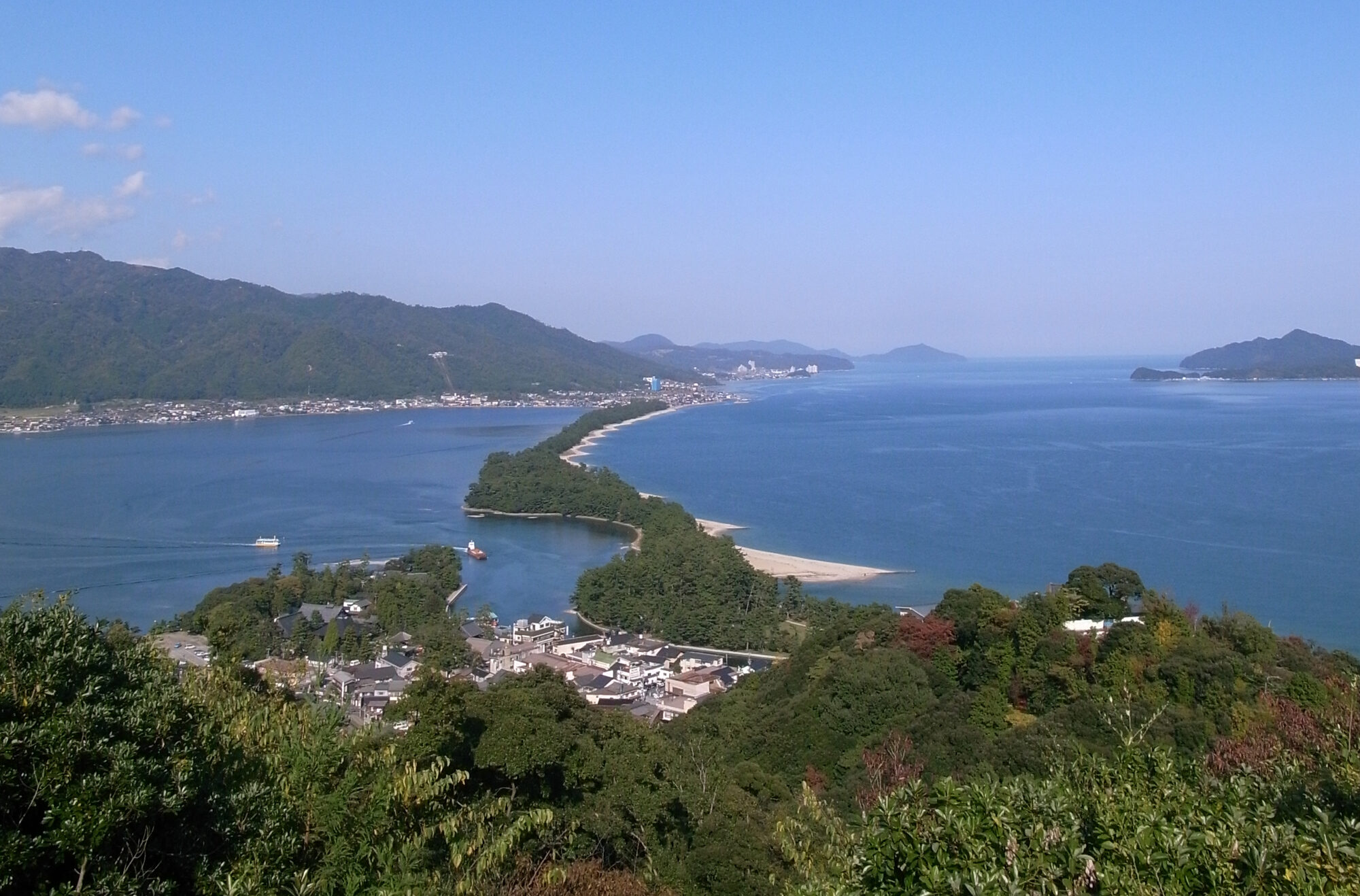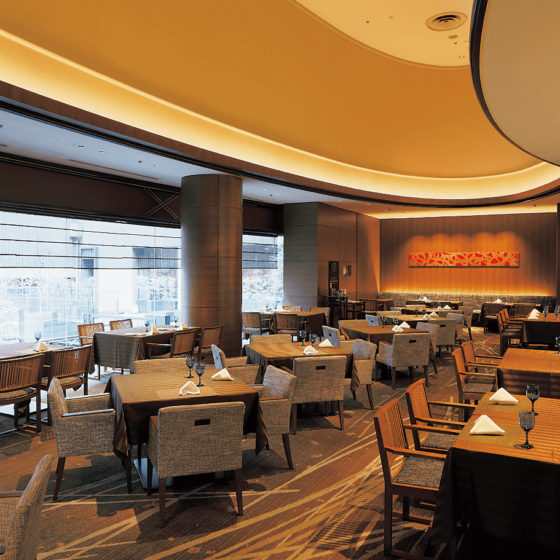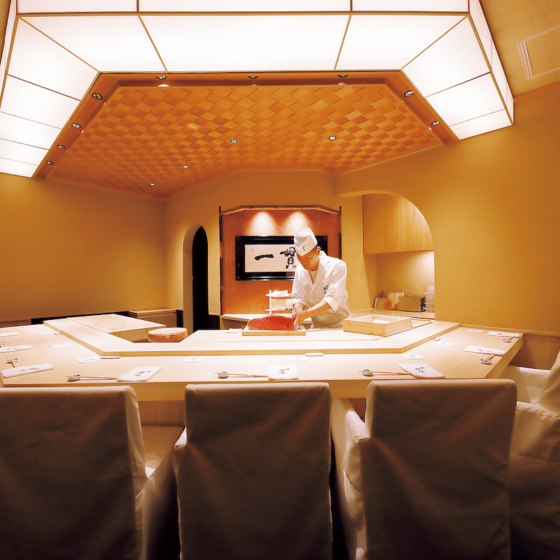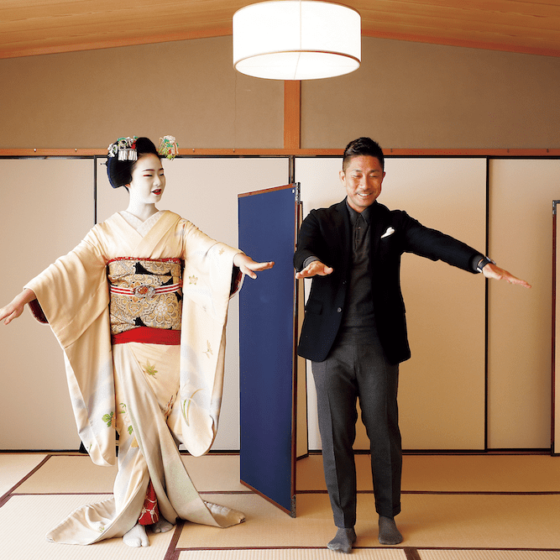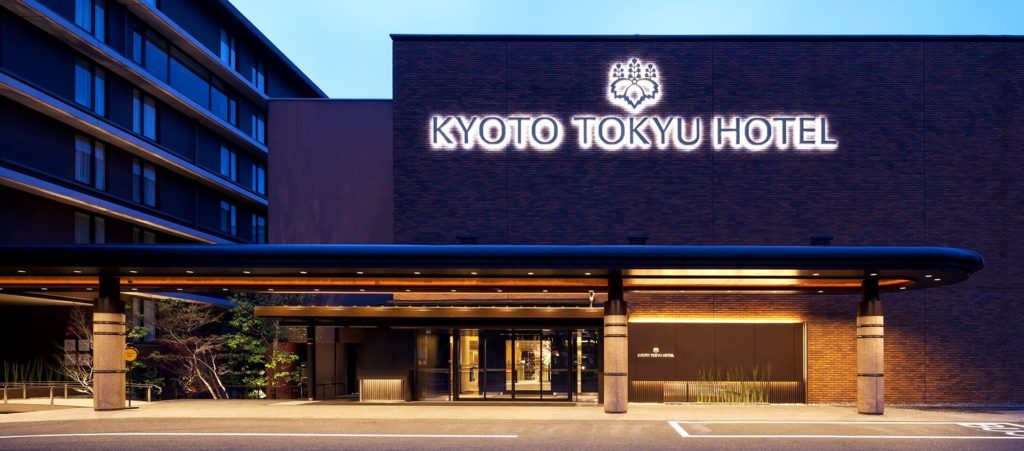- Kyoto - a much-loved tourist destination exuding an air of history, culture, and tradition. From cherry blossoms heralding the arrival of spring, vivid fresh verdure, and riverside terraces of high summer, to the fiery foliage of autumn and snowflakes silently dancing in the air of traditional gardens in winter, year-round, Kyoto delights the eyes and hearts of visitors with its seasonal beauty.
- Ordinarily, Kyoto would be bustling with large numbers of tourists, but in this age of the “new normal” in which travel is difficult, Kyoto is just a little quieter than usual.
- Kyoto, as the nation’s capital, it was the center of Japanese politics and culture for a span of 1,200 years. On an ordinary trip, the city would captivate with the beauty of its scenery, the splendor of its architecture, and the busyness of its streets. Now, however, when Kyoto can be enjoyed at a more leisurely pace, is the perfect time to turn one’s mind to the stories of history behind its temples, gardens, historic structures, and in its neighborhoods. Just why does the beauty of Kyoto entice people even in this day and age? Pondering such things while exploring the city on foot sounds like a rather nice way to spend time in Kyoto.
- It could also be nice to avoid the crowds of Kyoto City and extend your journey to the suburbs where there are still archetypal scenes of Japan and nature. “Someday I’d like to visit.” When you find scenery that makes you feel that way, how about letting your thoughts roam to the lives of the people that live there? Learning about the background behind its beautiful scenery will help you find the old, yet new, Kyoto.
Amanohasidate
- It is known as one of the three most scenic spots in Japan, with its magnificent white sand and green pines. It is a famous scenic spot in northern Kyoto. In the “Tango Fudoki”, there is a legend that In the Tango Fudoki, it is said that a ladder built by Izanagi no Mikoto to connect the heavenly world and the lower world.



